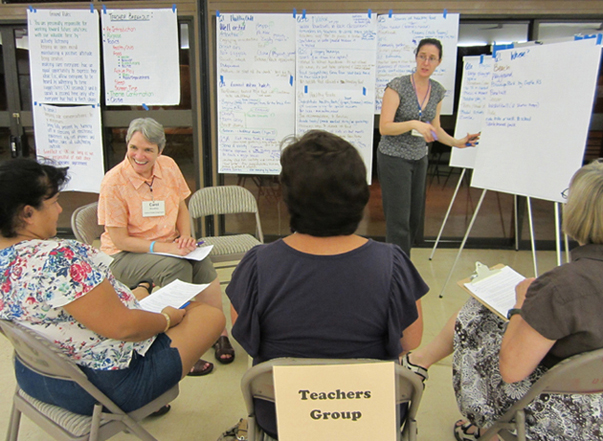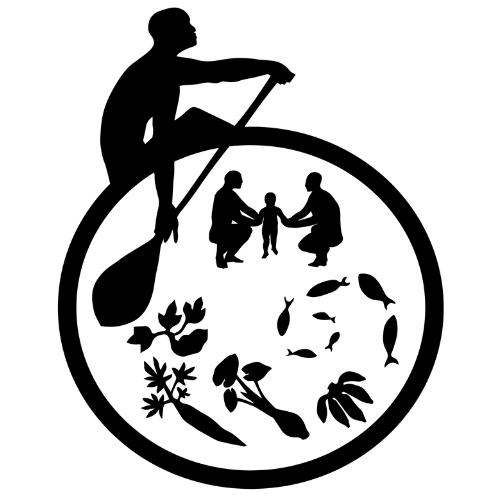Message from the CHL Director
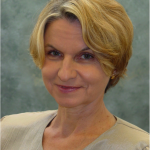
As we near the end of grant year one of CHL, and enter into the new year of 2012, I reflect on our first year of conceptualizing CHL, of organizing, and of consulting and working with international, national, and local leaders and champions of food, physical activity and health, to focus our ideas and plans. We have developed and expanded our network of partners, an ongoing process for sustainable, healthful change in the Pacific region.
One partner is the Island Foods Community of Pohnpei, a champion of eating locally, founded by Dr. Lois Englberger. Sadly, we lost Lois to cancer this year, in October 2011. Recognizing Lois’s passionate commitment and contributions to understanding, promoting and eating local food, we dedicate this quarterly newsletter to her memory and vision.
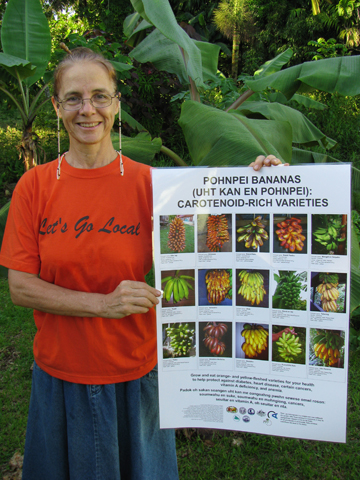
Lois was dedicated to analyzing the nutritional value of the special bananas and pandanus of Pohnpei and the Micronesian region; work that she published in various scientific and public venues. A number of banana varieties are unique to Pohnpei, in an array of vibrant colors in the red spectrum, from bright yellow to deep purple. Lois transported these foods around the world finding collaborators and laboratories to chemically determine their nutrient value. She found that several Pohnpei bananas contain a high level of various carotenoid compounds, powerful antioxidants. A banana postage stamp was developed for Pohnpei, celebrating these valuable bananas.
As we enter this new year, CHL aims to identify, celebrate and build on the special healthy food and physical activity characteristics and environments that we find in the diverse communities of the Pacific Region, to share these findings, and use them to strengthen health as a Pacific Community. Thank you, Lois, for your inspiration, and for your important contributions to Pacific nutrition information. We celebrate your life and accomplishments to improve Pacific nutritional health.
Alaska
CHL Alaska
This fall, the CHL Alaska team gathered data for the Physical Activity pilot study validating the use of accelerometers in young children. With the cooperation of families and teachers at the Thrivalaska Head Start program in Fairbanks, two methods are being compared to determine final methodology to be used to measure physical activity in young children.
In early January 2012, Rachel Novotny and Marie Kainoa Fialkowski braved the cold to visit Southcentral and Interior Alaska with a variety of objectives: they met with the CHL Alaska team, leaders at the University of Alaska in Fairbanks and Anchorage, and state leaders in obesity prevention, as well as helping with community meetings at the CCS Early Learning Head Start program in Wasilla.
The Alaska team also held community meetings in January at Thrivalaska Head Start in Fairbanks and Kids’ Corps Inc. Head Start in Anchorage. We had great turnout at most of the sessions and lively discussions about the challenges of keeping young kids active in cold weather and eating fruits and vegetables, which can be scarce in the winter.
Members of the CHL Alaska Local Advisory Committee met January 23 to hear a progress report and discuss plans for the future. The Alaska LAC includes state leaders in obesity prevention, behavioral health, early childhood education, and the tribal health system.
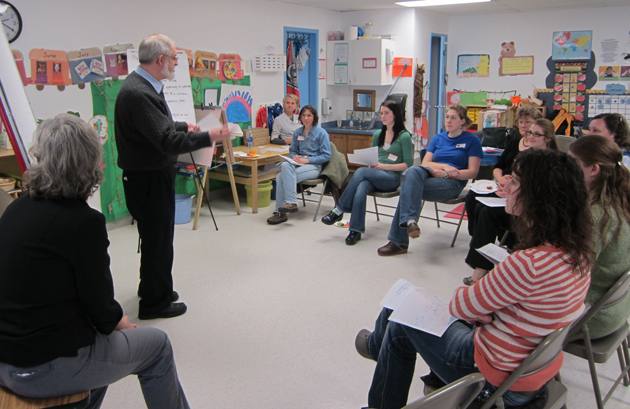
American Samoa
CHL American Samoa

Last December and January, American Samoa Community College’s Community and Natural Resources (ASCC CNR) staff held four meetings to discuss with the public ways to promote healthy living habits. These meetings took place in Fagaitua, Tula, Aua, and Aoloau. They gave parents, teachers, and community leaders a chance to express their input on encouraging families to eat more fruits and vegetables, drink more water and less sugar-sweetened beverages, exercise more, and get enough sleep.
The meetings are an important part of a US Department of Agriculture grant called the Children’s Healthy Living (CHL) program, which aims to combat childhood obesity. Knowing that “it takes a village to raise a child,” CHL wants to engage whole communities in helping prevent healthy weight children from becoming obese adults. Serious, debilitating ailments such as heart disease, stroke, type-2 diabetes, certain cancers, and high blood pressure are linked to obesity. These non-communicable diseases, or NCDs, shorten lives and place heavy physical, emotional, and financial burdens on families and on the health care system. To prevent these diseases, we must prevent their underlying cause – obesity.
Most children are at a healthy weight, but as they age many gain excessive weight quickly owing to diets of too much soda, candy, and chips and too little pak choi, breadfruit, and papaya. And instead of getting at least an hour of vigorous outdoor play each day, they spend too much time watching television and videos and playing Nintendo. And because lack of sleep has been shown to lead to overweight and poor grades in school, children need at least nine hours of uninterrupted sleep nightly to develop well.
The ASCC CNR CHL team comprises Tapa’au Dr. Daniel Aga (Dean/Director and Chairman of our Local Advisory Committee), Dr. Don Vargo (Lead Site Co-Investigator), Aufa’i Apulu Ropeti Areta (Site Co-Investigator), Ms. Siaunofo Logologo (Site Program Manager, Extension), Ms. Rebecca Fiame (Assistant Site Program Manager, Extension), Ms. Sharon Fanolua Sunia (Site Program Manager, Research), and Ms. Agnes Vargo (Intervention Specialist), with the assistance of Ms. Helen Lago, Ms. Marie Chan Kau, and the Expanded Family and Nutrition Education Program staff. The team is aided by a 15-member Local Advisory Committee composed of knowledgeable and influential members of the health, medical, education, and business communities. (Originally from a press release sent to local papers in American Samoa).
Commonwealth of the Northern Mariana Islands
CHL Commonwealth of the Northern Mariana Islands
The Commonwealth of the Northern Mariana Islands (CNMI) CHL staff spent several days in November and December of 2011 at the Pacific Islands Club meeting with various members from different communities. The meetings provided participants from each site an opportunity for informal discussion and dialogue about their respective communities. The meetings were well attended and involved frank and open discussions between the participants.
At each meeting, a fun physical activity break was set up to help participants relax. The activity created a team atmosphere and motivated participants to work with others in a cooperative manner. Tying in this physical activity break was just another way to liven up the meetings while improving the health and productivity of each group.
The last round of community meetings wrapped up in December 16, 2011 right before the holidays. The participants left the meetings feeling very excited and eager to learn more about the CHL project. The open dialogue and discussions had positive results and the participants worked well together. Each community developed a sense of unity while achieving consensus at the end of each meeting on moving forward as a community. In the mean time, summary letters from the meetings are being drafted. Plans are also already being made for the next round of such meetings.

Freely Associated States of Micronesia
CHL Freely Associated States
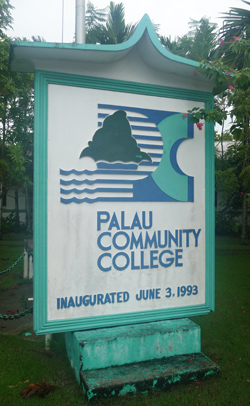
Local Advisory Committees have been established in the Marshall Islands and Palau. During meetings held in December 2011 in both locations, the LACs have identified capacity building in public health and nutrition programs at the community colleges as a top priority. There is an effort in progress at Palau Community College to develop an Associate of Science Degree in Public Health (ASDPH). CHL will assist in this effort. Dr. Deenik will be traveling to Koror in February to help move this collaboration forward. Dr. Deenik was in Majuro in early February meeting with the LAC and administrators from the College of the Marshall Islands to identify steps to establish a Public Health program at the College. Efforts are underway to hire CHL staff in the region.
Guam
CHL Guam
The Guam CHL program had a very busy holiday season. Five extension associates and one extension agent was hired and began work in mid-November. The team is comprised of individuals with diverse backgrounds in community development, health, public administration, agriculture, Micronesian studies and biology.
In addition to hiring key personnel, work has focused on identifying potential CHL village sites, reviewing training scholarship applicants, working with respective mayoral offices to establish partnerships and preparing for CHL community meetings.
Villages that participated in the program included, Agat, Sinajana, Yigo and Yona, located in the northern, southern and central regions of the island. Agat Mayor Carol Tayama, who represents a constituency of 5,000 people, said she welcomes the partnership with the University of Guam, CHL Program. “The program gives us an opportunity to make improvements regarding the health of our children,” she said. She added that the program will provide additional resources and will expand opportunities to families to the seaside village that is regarded as a low-income community to adopt healthier lifestyles.

The villages were selected based on their unique geographic characteristics – village centers in close proximities to public schools, parks, childcare centers, community centers and mom-and-pop convenience stores.
Drawing from the Extension model, a notable feature of the CHL program is its participatory action approach that offers stakeholders a role in shaping program design, development and implementation.
On Jan. 7 and 14, the CHL team convened a series of community meetings to help brainstorm ideas to promote healthy eating, physical activity, and reducing screen time among young children.
With the help of the CHL Local Advisory Committee, project team members aggressively recruited community leaders, teachers and parents.
A total of 70 teachers and community leaders and 21 parents participated in the community meetings.
The community meetings lasted approximately two hours and where held at the Holiday Resort Hotel in Tumon. The community meetings involved a cross collaboration of Guam Extension Service personnel serving as facilitators, note takers and typists.
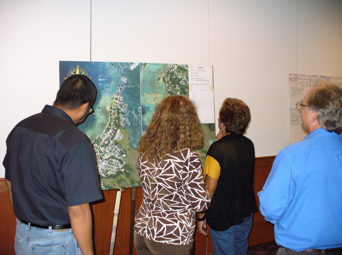
The meetings sparked a necessary conversation on best approaches to increase optimal health outcomes for children ages two to five years old; it is among several steps the project team is taking to determine intervention strategies that will be implemented in the program in the coming year.
The next steps of the project will involve data transcription and analysis.
Hawaii
CHL Hawaii
In the Oct-Dec 2011 newsletter, we described our CHL Physical Activity Pilot study. Since then, we completed the data collection from all three Head Start classes in Hawaii and entered the data. We are now analyzing the three methods to measure physical activity. The results from this study will determine how we will measure the activity of preschool children in the main CHL study next fall.
In November, we conducted four community meetings on Oahu and two neighbor islands. Lively small group discussions of parents, teachers, and community leaders/members discussed topics related to their community and health, such as how to get children to drink more water, how to have them spend less time in front of the TV and with electronic devices, and how they would make changes in the community to promote eating more fruits and vegetables. These sessions gave us valuable information for strategizing work on these topics with communities.
We have visited each community and taken note of resources and outstanding programs and efforts to support health. We continue to expand our understanding of environmental, food and physical activity realities influencing child obesity and health. We appreciate the enthusiasm and great ideas contributed by the participants of these meetings.
